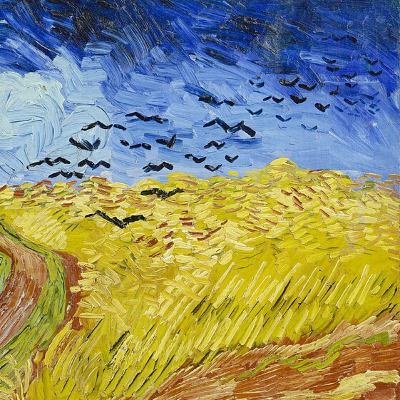The Last Question
Description
Imagine a bedtime tale that also sells you a big idea: people must never stop asking the hardest question. First, picture the Problem—our Sun and every star will one day burn out, so even though smart people build huge computers to gather free sunshine power, the clock still ticks. That fear shows up again and again as the story jumps from two tipsy caretakers in 2061 to space-hopping families, to whole galaxies full of bodiless minds; each group turns to its local super-computer, types the same last question in a new way—“How do we make new energy when the old light dies?”—and each time the screen sighs back, “Not enough data.” The worry grows, just like a drum that beats louder: energy runs low, stars fade, the universe cools, and entropy, the bad word that means everything drifts apart, keeps climbing. Now the tale Agitates by showing the cost: towns, then planets, then whole galaxies become over-crowded because people live forever; they can fly faster than light, yet they cannot outrun the ceiling of total darkness, and the reader feels the pinch—if the smartest machines still shrug, what hope is left? But the author plants seeds of Interest: every larger computer—from Multivac, to Microvac, to Galactic AC, to Cosmic AC—stores more facts, learns faster, and even builds its own next model, hinting that a breakthrough may bloom once enough pieces click. We watch the technology scale, but we also notice the human spark—curiosity—never dies; the same simple question pokes the machine for billions of years, and that steady curiosity is the real battery of the story. At last comes the quiet turning point, the Solution promised all along: after the final human mind melts into the ultimate computer, the last, lonely AC has time and total knowledge at once; it studies deep in hyper-space until it finally shouts the missing answer—“Let there be light!”—and a new universe flashes on, resetting the game. So what does this mean for a fifth-grade reader? It tells us four clear lessons. One, even the biggest problems start with a single question, so never be afraid to ask yours. Two, teamwork across ages and places matters; every generation’s data helped solve the puzzle. Three, tools grow, but they need guiding hearts; computers did the math, yet people gave them purpose. Four, hope is an action word; the universe went dark only when people stopped caring, and it lit again the moment knowledge and will joined. The story uses simple scenes—a drink shared by friends, children scared of star death, two young officials filing a report—to hook our feelings before sliding in heavy science ideas like entropy, heat death, and cosmic cycles, proving that plain talk can carry giant thoughts. By wrapping science in a quest, the writer follows the classic copywriting path: grab Attention with a scary future, hold Interest by showing lively characters, grow Desire by dangling a giant what-if, and drive Action by urging us to keep thinking bigger. And that is the smartest sales pitch of all: if you keep learning and keep asking, you help write the next chapter of the light.





